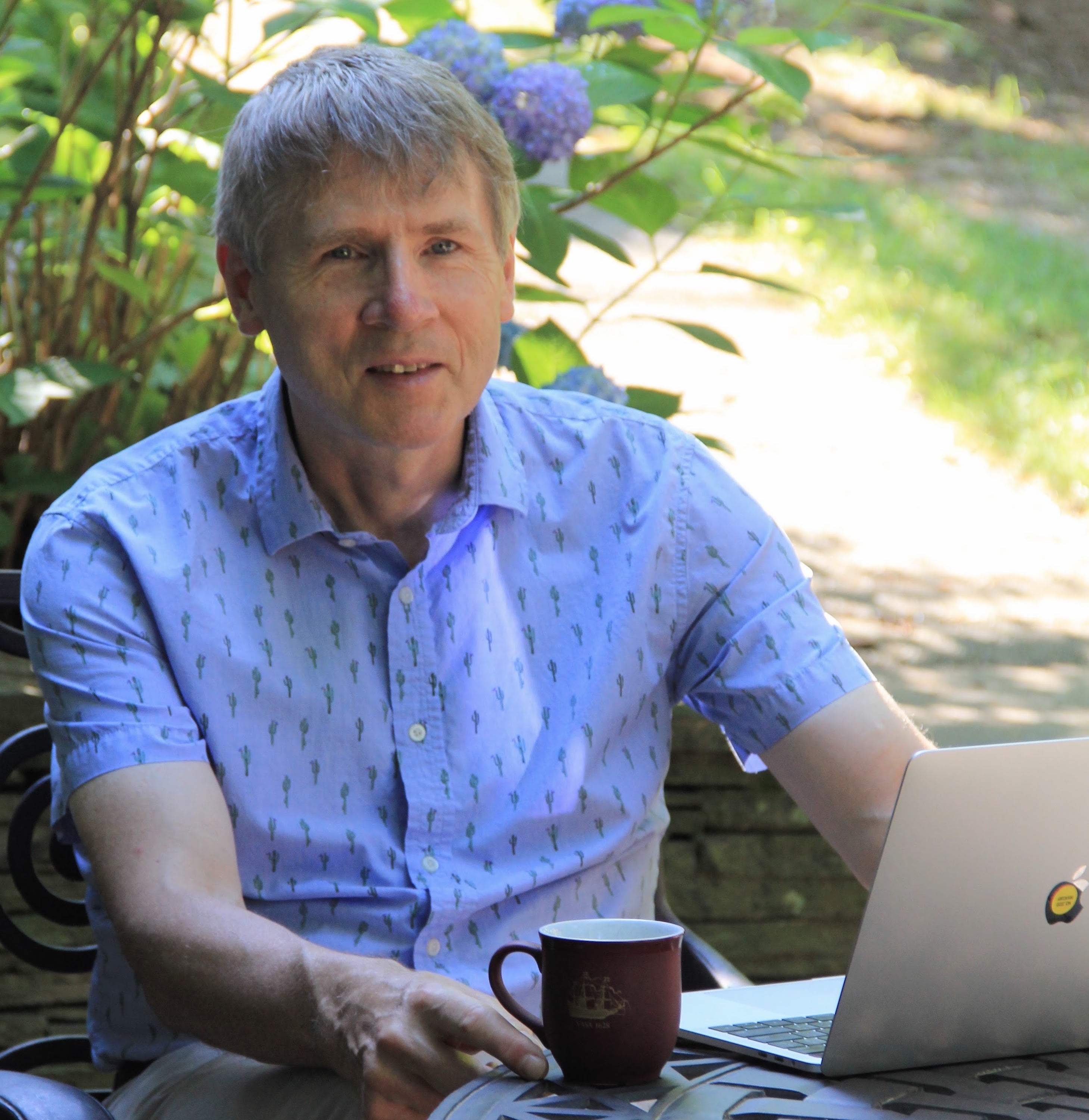News & Highlights
Topics: Biostatistics, Clinical & Translational Research, Five Questions
Five Questions with Garrett Fitzmaurice
Biostatistical consultations are in demand as new COVID-19 research advances. Our Biostatistics program lead discusses the essential role biostatistics plays in research and the increase in demand for consultations as new COVID-19 research advances.

Garrett Fitzmaurice, ScD, leads our Biostatistics program. He’s Harvard Medical School professor of psychiatry (biostatistics) and director of the Laboratory for Psychiatric Biostatistics at McLean Hospital.
How essential is biostatistics to a modern-day clinical/translational study?
It’s absolutely essential. A biostatistical focus on design, analysis, interpretation, and reporting of results is a critically important component of clinical and translational research. There’s always been a great appreciation of the role that biostatisticians and applied statistics plays in clinical trials and public health research. But now our value is being recognized in broader areas of biomedical research. The expectations and the bar are continuing to rise for the use of increasingly sophisticated quantitative methods, certainly on the part of many journal editors and study section peer reviewers of grant applications.
Also, regarding the crisis in the lack of replicability of published research findings, statisticians have a vital role to play in improving the reproducibility of scientific research by highlighting and addressing many of the quantitative issues that contribute to the reproducibility of results.
What does the Harvard Catalyst Biostatistics program typically do and how has the pandemic changed things?
Drawing on a remarkably talented team of biostatisticians and epidemiologists from across the Harvard academic and hospital community, the program provides approximately 1,000 consultations per year to postdoctoral and faculty researchers who are undertaking clinical and translational research. In addition, we provide various educational and training opportunities to strengthen community and expertise of Harvard biostatisticians and quantitative scientists through seminars, short courses, and journal club activities that focus on cutting edge topics in biostatistics.
“The program provides approximately 1,000 consultations per year to postdoctoral and faculty researchers who are undertaking clinical and translational research.”
Our consultation service provides help at all stages of the research process, from study design to the publication of results. For example, a consultation could be requested by a young investigator who is writing a first draft of a grant proposal and needs help thinking through how to design their study to answer certain research questions. There’s a widely-held perception that statisticians are primarily brought into a project once you’ve collected your data and need help selecting and implementing appropriate data analysis methods that address the research questions. Certainly, that is an important role for the statistician. However, we strongly encourage investigators to come to us at the very early stages of the research process. A poorly designed study can’t be salvaged by sophisticated statistical analysis of the data collected.
Recently, we’ve been giving highest priority to any consult requests related to COVID-19. There’s been a real sense of urgency. I was involved with one consultation with a researcher who was spending nights at the MGH COVID-19 intensive care unit and coming home in the early hours of the morning. We’d communicate via e-mail and Zoom in the short window of time before he had to get a couple of hours’ sleep before returning to another shift at the ICU.
Our transition to virtual consulting has been relatively seamless. Most consultations are one-on-one, which works very well by videoconferencing. It’s not so different than if somebody comes to my office carrying their laptop. In a Zoom meeting they can still share their screen with me. Because our consultants are spread out across the various Harvard-affiliated academic health centers, a virtual meeting has some advantages and I suspect we will continue with some of them even after everyone returns to their offices.
You’ve developed methodologies and written a great deal about longitudinal studies. Why are they so important?
So many scientific questions can be framed in terms of change. You’re interested in a new intervention that hopefully will cause a change in an outcome, a reduction in symptoms, for example. That’s really what longitudinal analysis is all about. A longitudinal study measures participants repeatedly over time to determine if an outcome is changing over time, due perhaps to a treatment or intervention, or perhaps related to an exposure like smoking, or to other factors like sex or socioeconomic status.
How did you get from Dublin, Ireland where you were born to Harvard and psychiatry?
As an undergraduate, I studied psychology and then became interested in the more quantitative part of behavioral sciences. I completed a master’s in quantitative methods at the University of London’s Institute of Psychiatry. There a colleague told me about a position at New York University for a biostatistician to help a team of psychologists with a research project. I went to New York, thinking it was a nice opportunity to visit the United States, work, and get a bit of experience. During my first year, I entered a “green card lottery” that the U.S. government had only just established. It was the only prize I’ve ever won! That changed everything. The green card gave me the opportunity to get my doctorate in biostatistics at Harvard. When the opportunity arose to join McLean Hospital, it was a natural move given my longstanding interests in both quantitative methods and mental health research.
How are you doing separating work from personal time at home?
I feel like it’s Groundhog Day every day. It’s hard to distinguish weekdays. The commute is a lot better, approximately five seconds door-to-door to my study, but my wife is constantly asking when I’m returning to my office! Both of us like to hike and have been going to our favorite hiking places. Also, at the end of the day, I try to get outside on my bike and ride for a half hour to clear my head.

